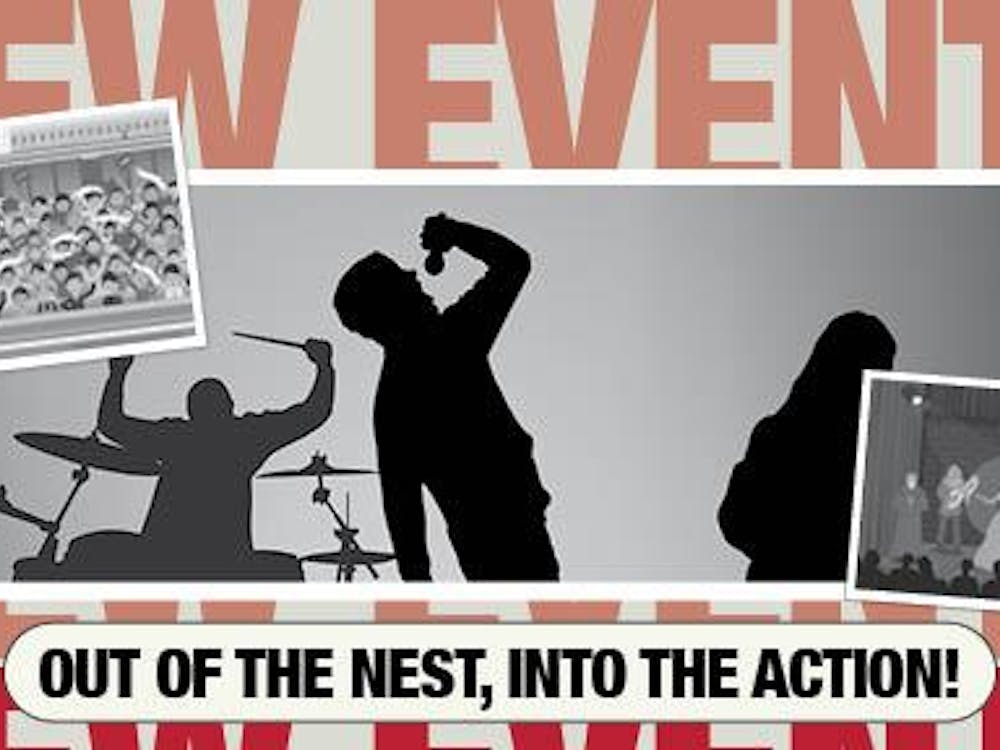The cold and windy weather serves as the first sign the holiday season is right around the corner. And as the festivities approach, so does the shopping season, with Black Friday serving as the first mile marker for American shoppers.
This year, Black Friday is still projected to be America’s biggest shopping day of the year in terms of shopper traffic, far ahead of the second busiest day, the Saturday before Christmas, according to ShopperTrak, a global retail intelligence company that conducts research on retailers and shopping.
“For some families, it has become a tradition,” said Ramon Avila, marketing professor at Ball State. “They really enjoy going out and spending the day together. It’s kind of like a conquest or a hunt.”
National Retail Federation’s (NRF) annual Thanksgiving holiday consumer survey states in 2017, with 77 million consumers, Black Friday was the most popular day for in-store shopping and the second most popular day for online shopping with more than 66 million consumers, behind Cyber Monday’s 81 million consumers.
Considering online shopping sales, according to online shopping data compiled by Adobe, with $6.59 billion spent, 2017’s Cyber Monday was the largest ever online sales day in the United States. Revenue from smartphone transactions alone accounted for $1.59 billion of sales.
Cyber Monday online revenues still fall far behind China’s Singles’ Day, the world’s largest online shopping day, with the Chinese e-commerce company Alibaba.com alone reporting $30.8 billion in revenues at midnight, Nov. 11, this year.
Avila said he doesn’t believe Cyber Monday will replace Black Friday as the biggest shopping day, but rather complement each other as they kickstart the holiday shopping season.
NRF’s survey also states 2017’s Thanksgiving weekend saw 64 million people shopping both online and in stores, as opposed to 58 million who shopped exclusively online and 51 million exclusively in stores.
“I think there’s still plenty of people out there that like to touch the product, feel the product and experience the day,” Avila said.
In an October press release, NRF forecasted an increase between 4.3 percent to 4.8 percent in total holiday sales from 2017 over November and December, totalling $717.45 billion to $720.89 billion, with NRF President and CEO Matthew Shay giving a healthy economy and strong consumer confidence as possible reasons.
Avila said while retailers advertise exclusive items on Black Friday, not everything is priced below cost. He said retailers also hope consumers make impulse purchases.
Avila recommends shopping early on the Wednesday before Thanksgiving as a strategy to avoid the crowds.
“Stores are trying to slip into Wednesday and get people in there to come in and shop before Black Friday,” Avila said. “The shelves have to be totally restocked on the day before Thanksgiving.”
ShopperTrak predicts that this holiday season, the hours between 2 and 4 p.m. will be the busiest on the weekends, with 4 p.m. being the peak, similar to 2017.
Avila noted 2018 would be a fantastic year for holiday sales with 32 days between Thanksgiving and Christmas, the highest possible number of shopping days. Thanksgiving falling on Nov. 22, the earliest possible day, last happened in 2012 and will next happen in 2029.
“When you have the shortest days, that really worries retailers,” Avila said. “Some retailers will get 50 percent of their [annual sales] between Thanksgiving and Christmas. If you have a bad Christmas, it’s hard to make up for those other 11 months.”
Toys Forever Models & Hobbies, a hobby shop in downtown Muncie, makes a third of its annual sales in November and December, said Brandon Mundell, Ball State alumnus and president of the store.
According to Census Bureau data from 2017, hobby, toy and game stores made $5.6 billion or 30.1 percent of its annual sales in the months of November and December.
Mundell said his store does not have a strong online presence and does all of its retail in-person.
“We’ve tried some online retailing, but we found that we were spending a lot of money and not making a lot,” Mundell said. “So, we backed away from that.”
Mundell said store officials were spending a couple thousand dollars per month on maintaining and building the store’s online presence but were only generating $200 to $300 dollar a month.
“People buy online in big places like Amazon and Walmart. They don’t buy [online] in small stores,” Mundell said. “We’re just one fish in a huge pond.”
Mundell said he finds that shopping local is as good and competitive as the internet.
“It’s about the experience. You cannot replicate what we do online,” Mundell said. “[On] the Internet, the picture and the price is all you get.”
Contact Rohith Rao with comments at rprao@bsu.edu or on Twitter @RaoReports.





